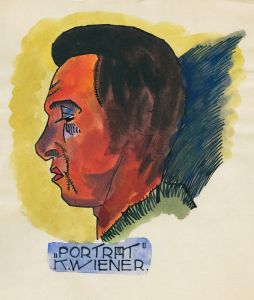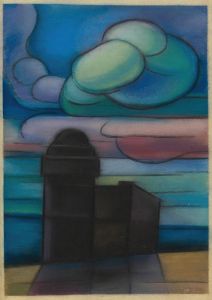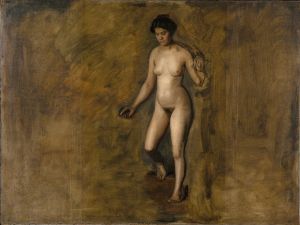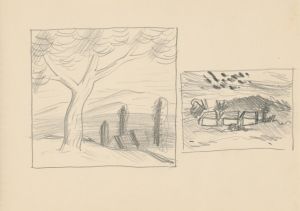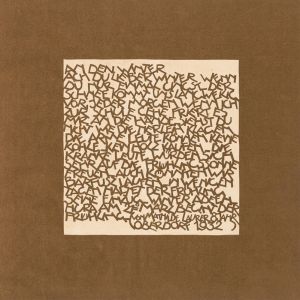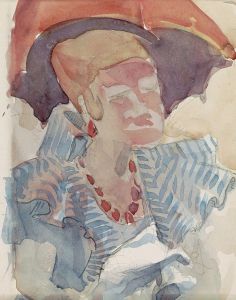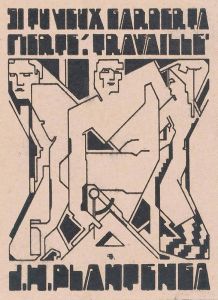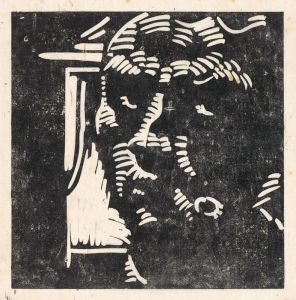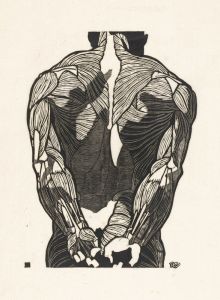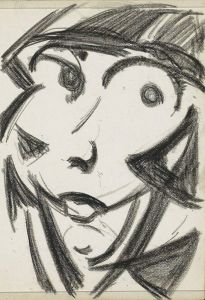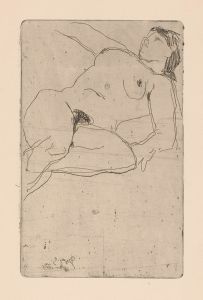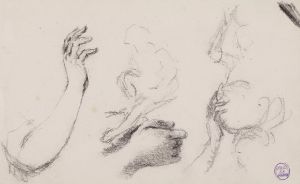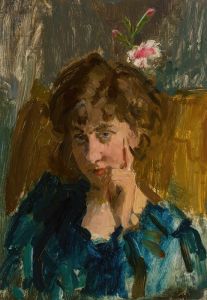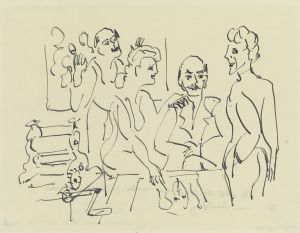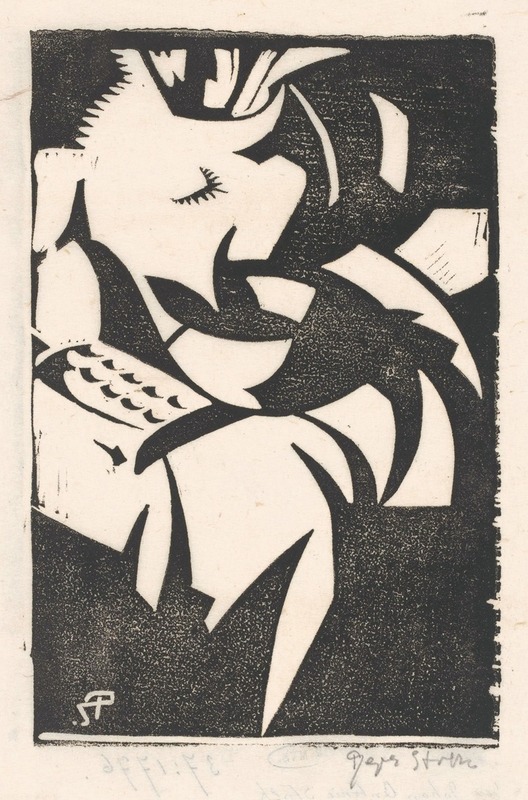
Abstracte compositie
A hand-painted replica of Reijer Stolk’s masterpiece Abstracte compositie, meticulously crafted by professional artists to capture the true essence of the original. Each piece is created with museum-quality canvas and rare mineral pigments, carefully painted by experienced artists with delicate brushstrokes and rich, layered colors to perfectly recreate the texture of the original artwork. Unlike machine-printed reproductions, this hand-painted version brings the painting to life, infused with the artist’s emotions and skill in every stroke. Whether for personal collection or home decoration, it instantly elevates the artistic atmosphere of any space.
Reijer Stolk was a Dutch artist known for his contributions to the abstract art movement in the early 20th century. His work, "Abstracte compositie," is a notable example of his exploration into abstract forms and compositions. Stolk was born in 1896 in the Netherlands and became an influential figure in the Dutch art scene, particularly during the interwar period. He was part of a generation of artists who were inspired by the avant-garde movements sweeping across Europe, such as Cubism, Futurism, and De Stijl.
"Abstracte compositie" reflects Stolk's interest in geometric abstraction, a style characterized by the use of simple geometric shapes and a limited color palette. This approach was part of a broader trend among artists of the time who sought to break away from traditional representational art and explore new ways of visual expression. The painting likely features a combination of lines, shapes, and colors arranged in a way that emphasizes harmony and balance, key principles in abstract art.
Stolk's work was influenced by the broader cultural and artistic movements of his time. The early 20th century was a period of rapid change and innovation in the arts, with artists seeking to express the dynamism and complexity of the modern world. In the Netherlands, the De Stijl movement, led by figures like Piet Mondrian and Theo van Doesburg, was particularly influential. This movement advocated for a reduction of form and color, focusing on primary colors and simple geometric shapes to achieve a sense of universal harmony.
While Stolk was not a central figure in De Stijl, his work shares some of its principles, particularly the emphasis on abstraction and geometry. "Abstracte compositie" can be seen as part of this broader exploration of form and color, reflecting the artist's interest in creating compositions that transcend the literal and evoke a more profound, often spiritual, response.
Stolk's contributions to abstract art were recognized during his lifetime, and he participated in various exhibitions that showcased modern art. His work was part of a larger dialogue among artists who were redefining the boundaries of art and exploring new aesthetic possibilities. Although not as widely known as some of his contemporaries, Stolk's work remains an important part of the history of abstract art in the Netherlands.
Today, "Abstracte compositie" and other works by Reijer Stolk are appreciated for their innovative approach and their role in the development of abstract art. They offer insight into the artistic currents of the early 20th century and the ways in which artists like Stolk sought to capture the essence of their rapidly changing world through abstract forms. His legacy continues to be studied by art historians and appreciated by art enthusiasts who recognize the significance of his contributions to the abstract art movement.





